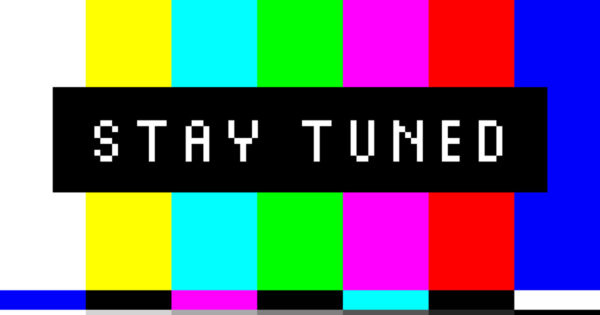
[ad_1]
In-store retail media is ready for primetime. Expect 2024 to be the year that digital screens propagate across brick-and-mortar retail.
Currently estimated at less than $300 million in the U.S., in-store advertising is finally ready to accelerate, with Walmart, Kroger and Tesco announcing the expansion of their in-store media networks this year. A recent Merkle study found that in-store media is now the No. 2 area of retail media investment and a top focus of 33% of retailers—up from just 9% in 2022.
As this happens, physical stores will begin to emerge as the “new TV”—a mass-reach advertising vehicle ideal for national brands. Digital surfaces inside retailers’ four walls—whether at the front of the store, checkout, endcap, smart cart or cooler doors—deliver much of what brands want and what linear TV has lost: fast reach, high attentiveness, younger audiences and cultural relevance.
As brands continue to struggle with linear TV’s decline, they should commit to investing 5% of existing linear TV budgets in in-store media by 2025.
Physical stores will become a major media channel
The linear TV ad market is still over $65 billion—a level that’s remained static over the past decade. As supply among key demographics has roughly been cut in half, demand has stayed constant, leading to a doubling of CPMs. That’s because these dollars haven’t had somewhere better to go. With in-store retail media, now they do.
Of course, in-store advertising isn’t a perfect substitute for linear TV advertising—the context isn’t conducive to extended storytelling and the full range of sight, sound and motion. Still, it delivers many of linear TV’s primary benefits, including dayparting and geoparting. And what it may sacrifice in 30-second storytelling, it makes up for with greater format flexibility, contextual narrative and cultural cachet.





